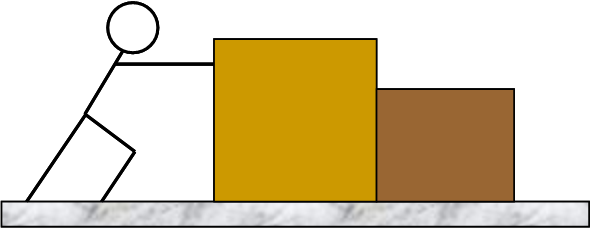| Composition Setup |
|---|
| Deck of Cards | ||||||||||||||||||||||||||||||||||||||||||||||||||||||||||||||||||||||||||||||||||||||||||||||||||||||||||||||||||||||||||||
|---|---|---|---|---|---|---|---|---|---|---|---|---|---|---|---|---|---|---|---|---|---|---|---|---|---|---|---|---|---|---|---|---|---|---|---|---|---|---|---|---|---|---|---|---|---|---|---|---|---|---|---|---|---|---|---|---|---|---|---|---|---|---|---|---|---|---|---|---|---|---|---|---|---|---|---|---|---|---|---|---|---|---|---|---|---|---|---|---|---|---|---|---|---|---|---|---|---|---|---|---|---|---|---|---|---|---|---|---|---|---|---|---|---|---|---|---|---|---|---|---|---|---|---|---|
| ||||||||||||||||||||||||||||||||||||||||||||||||||||||||||||||||||||||||||||||||||||||||||||||||||||||||||||||||||||||||||||
| ||||||||||||||||||||||||||||||||||||||||||||||||||||||||||||||||||||||||||||||||||||||||||||||||||||||||||||||||||||||||||||
| Wiki Markup | ||||||||||||||||||||||||||||||||||||||||||||||||||||||||||||||||||||||||||||||||||||||||||||||||||||||||||||||||||||||||||||
| {composition-setup}{composition-setup}
{table:border=1|frame=void|rules=cols|cellpadding=8|cellspacing=0}
{tr:valign=top}
{td:width=350|bgcolor=#F2F2F2}
{live-template:Left Column}
{td}
{td}
!pushingbox.png!
{deck:id=bigdeck}
{card:label=Part A}
h3. Part A
{excerpt}A person pushes a box of mass 15 kg along a smooth floor by applying a perfectly horizontal force _F_.{excerpt} The box accelerates horizontally at a rate of 2.0 m/s{color:black}^2^{color}. What is the magnitude of _F_?
h4. Solution
{toggle-cloak:id=sysa} *System:* {cloak:id=sysa} Box as [point particle].{cloak}
{toggle-cloak:id=inta} *Interactions:* {cloak:id=inta}External influences from the person (applied force) the earth (gravity) and the floor (normal force).{cloak}
{toggle-cloak:id=moda} *Model:* {cloak:id=moda}[Point Particle Dynamics].{cloak}
{toggle-cloak:id=appa} *Approach:*
{cloak:id=appa}
The word *smooth* in the problem statement is a keyword, telling us that the floor exerts no horizontal force on the box. Thus, [Newton's 2nd Law|Newton's Second Law] for the _x_ direction can be written:
{latex}\begin{large}\[ \sum F_{x} = F = ma_{x} = \mbox{30 N}\] \end{large}{latex}
{cloak}
{card}
{card:label=Part B}
h3. Part B
A person pushes a box of mass 15 kg along a smooth floor by applying a perfectly horizontal force _F_. The box moves horizontally at a constant speed of 2.0 m/s in the direction of the person's applied force. What is the magnitude of _F_?
h4. Solution
{toggle-cloak:id=sysb} *System, Interactions and Model:* {cloak:id=sysb} As in Part A.{cloak}
{toggle-cloak:id=appb} *Approach:*
{cloak:id=appb}
Just as above, [Newton's 2nd Law|Newton's Second Law] for the _x_ direction can be written:
{latex}\begin{large}\[ \sum F_{x} = F = ma_{x}\] \end{large}{latex}
This time, however, the acceleration requires some thought. The speed of the box and its direction of motion are constant. Thus, by definition, the acceleration is zero. This implies:
{latex}\begin{large}\[ F = ma_{x} = \mbox{(15 kg)(0 m/s}^{2}) = \mbox{0 N} \] \end{large}{latex}
{info}This result is probably not consistent with your everyday experience. The reason for this is that it is very difficult to find a box and floor combination with zero friction. Instead, consider the effort that would be required to keep an air-hockey puck moving at constant speed on the air-table (friction is very small) or to keep a soccer ball rolling at constant speed on a smooth, level floor (friction is unimportant since the ball is rolling).{info}
{cloak}
{card}
{deck}
{td}
{tr}
{table}
{live-template:RELATE license}
|
